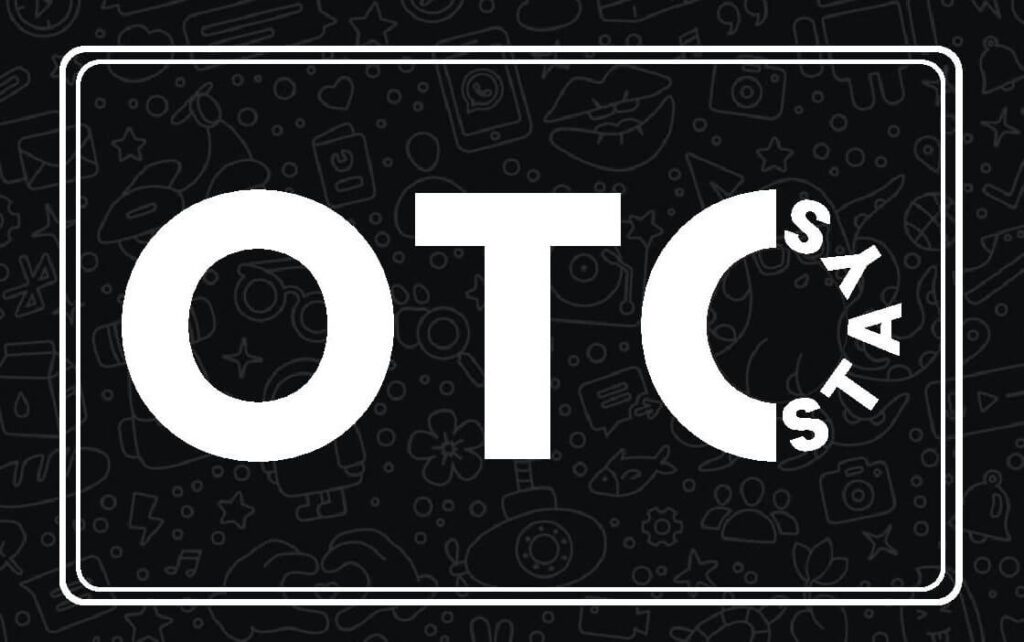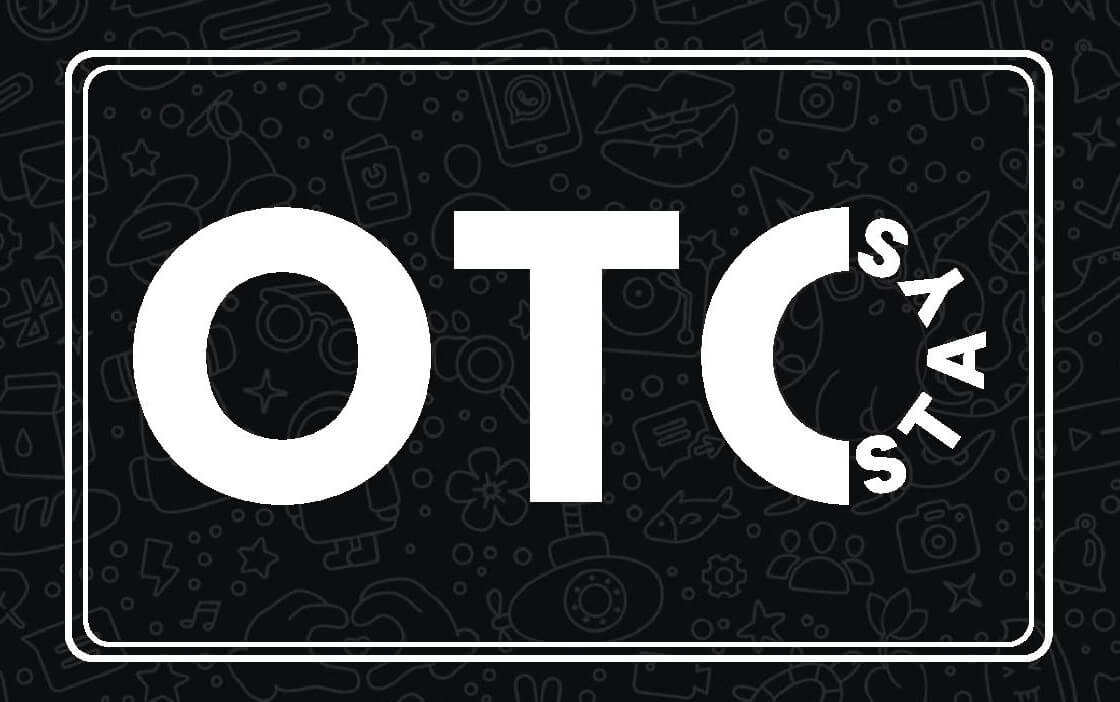
15 Hot Trends Coming Soon About ADHD Medication Titration
 ADHD Medication Titration
ADHD Medication Titration
Titration is the method that doctors employ to determine the appropriate dosage of medication for every patient. They consider height, weight and symptoms to make their decision.
Finding the right dosage for someone who suffers from ADHD can be difficult However, it is vital to do it right. This can reduce symptoms and minimize side effects.
Dose-to-improvement
When doctors titrate ADHD medications, they start with a low dosage and gradually increase it until the patient begins showing improvement. The doctors do this over a period of weeks or months to find the dosage that is most effective to alleviate symptoms and reduce side effects. It is not uncommon for patients to have to try three or four medications before they find the one that works best for them.
Titrating medication for ADHD is a complicated process that takes patience and time. It also requires the help of the patient’s family members and teachers. It is important to use standardized rating scales with age-specific norms when assessing the effectiveness of treatment with stimulants. The use of these ratings can reduce bias and make it easier to determine the optimal dosage for individual patients.
There are several types of stimulant medications, including Vyvanse Adderall Concerta and Ritalin. These are typically prescribed by a physician and can be purchased from a local pharmacy or on the internet. The majority of stimulants are prescribed to alleviate symptoms of ADHD however, they can cause a variety of adverse effects that can be uncomfortable or even debilitating. The dosage can be affected by the person’s weight and height.
The titration period is between 8 and 12 weeks. During this period, the doctor will closely observe the patient’s progress and make any adjustments needed. They will also ask the patient to fill out an assessment scale prior to and after each major dose adjustment. This will allow them to assess the extent to which the medication is working and what side effects are limiting their effectiveness.
It is also important to note that the titration process could take longer for certain children. It is crucial to closely examine the child’s behavior as well as mood throughout this process in order to ensure that the drug doesn’t adversely affect their lives or cause addiction.
A doctor should be informed of any past history of addiction to or dependence on stimulant drugs. This information should be recorded in the patient’s chart and considered when deciding on the most effective dose for them.
Dose-to-experimentation
It is important that a person who has ADHD receives the proper dosage. This is called the process of titration. Titration is a process in which a doctor increases the dosage until it manages ADHD symptoms, with fewer adverse effects. It could take weeks, but it is worth it in the end. Ask your doctor about titration and what you can expect.
Stimulants are the most commonly used medication used for treating ADHD. The stimulants increase blood flow to the brain to increase focus and concentration. They can also reduce impulsivity and hyperactivity. They’re not effective in all cases. Research has shown that stimulants are not effective for the majority of ADHD sufferers.
This is due to the fact that people react differently. The response to stimulants can be affected by a variety of factors, such as the size of the person and their metabolism. Therefore, it is difficult to find a drug that fits everyone with ADHD.
To determine the correct dosage, doctors usually begin with a low dose and increase it every three to four weeks. During this time, they will check in with patients and evaluate their progress. They will also examine the effects of the medication and make adjustments accordingly. If the side effects are too serious the doctor may need to reduce the dosage.
While the majority of children with ADHD have positive reactions to the chemical methylphenidate (MPH) however, some do not respond at all or experience negative adverse side effects. This is due to genetic differences in the way that methylphenidate affects different individuals’ bodies. Additionally there is evidence that MPH is not as effective in adolescents as it is in younger children.
Researchers have examined the effects of various MPH dosages to tackle these problems. They discovered that for most patients, a linear dose-response relationship was the best. This was the case for both teachers and parents’evaluations of symptoms of inattention as well as the side effects. In some instances the quadratic curve and the S-shaped curve were more apt for fitting.
Dose-to-compatibility
ADHD medication titration is a process that involves changing the dosage to find the best dosage for each person. It can take some time but it is crucial to determine the proper dosage to reduce symptoms and prevent side effects. In the majority of cases, doctors start patients with a low dose, and then increase it gradually over several weeks until they reach the desired level. This allows them to track the effect of the medication and ensure that it is safe for their patient.
Stimulants show great inter-individual variability in terms of response to certain doses. It is also essential to understand that different people are more rapid metabolizers of certain medications, while others require higher doses in order to achieve an effect that is therapeutic. Therefore, it is essential to carry out an extensive titration process that includes accurate registration of both effectiveness and adverse effects, so that the optimal dosage can be identified.
In addition to the titration process, patients should be aware of what they’re getting into when they start taking ADHD medication. They should be aware of some adverse effects, like dry mouth, and should have a plan to deal with these. If severe side effects such as paranoia, elation, or apathy occur patients should stop taking the medication and seek medical attention.
It’s a great idea for patients to keep a log of symptoms and visit their doctor each week during the period of titration. During this time, they can discuss the effectiveness of their medication and how it’s impacting them. It is also important to record any adverse reactions, and note whether they are severe, mild, or transient.
It’s also recommended to set up regular appointments with their physician, and note down each visit. This way, they can record the exact date and time at which their ADHD medication was taken as well as any side effects. Making a written record and discussing it with your doctor will help you identify the problem areas and make the necessary changes.
Titration can be used with any ADHD medication, including non-stimulants such as Strattera and Qelbree. Titration is especially useful for long-term medications, such as those employed in the treatment of ADHD.
Dose-to-schedule
The aim of titration is finding the appropriate dose for each patient, which reduces their ADHD symptoms while minimizing side effects. Typically this process takes several weeks to complete. Doctors will begin patients on a low dose and slowly increase it until they get the desired results. They may also adjust the dosage or alter the medication to get the proper balance between benefits and side-effects.
During this process it is essential to be honest with your doctor about any adverse effects you experience. These are typically minor and can be fixed by reducing dosage or taking the medication at different times during the day. You should also monitor your progress and ask your doctor any questions you may have at your next appointment. The more rare, serious side effects of ADHD medications include heart issues and hallucinations (like seeing tiny bugs or hearing sounds), seizures, vision changes and circulation issues. These side effects affect less than 1 in 10,000 people. It is important to consult an expert in the event that your child exhibits these symptoms.
The titration process for non-stimulant drugs is more complicated, as it takes longer for them to reach their full effectiveness. It can also be difficult to determine a meaningful clinical improvement in adults. Frida’s team can assist you to diagnose and treatment of ADHD and ensure that you receive the right ADHD medication for your specific needs. Take our online ADHD self-assessment today to see what we can do to help you.
The process of determining the appropriate dosage and dosage for a medication can be a bit difficult however, it is crucial to remember that each individual has a unique genetic and titrating medication physical makeup. It is not possible for doctors to know exactly which dosage is appropriate for every patient. They must use a combination of factors, such as the patient’s age and medical history as well as general health. It is also important to remember that some medical conditions, like sleep apnea and thyroid disorders that can trigger symptoms similar to ADHD. Before starting stimulants, these conditions must be evaluated. It is also helpful to talk to your doctor, as they can help you navigate the confusing world of ADHD medication.
